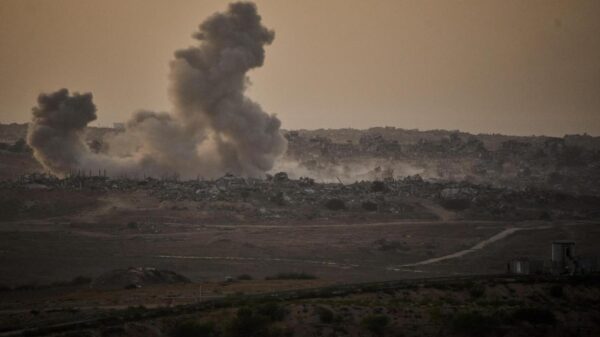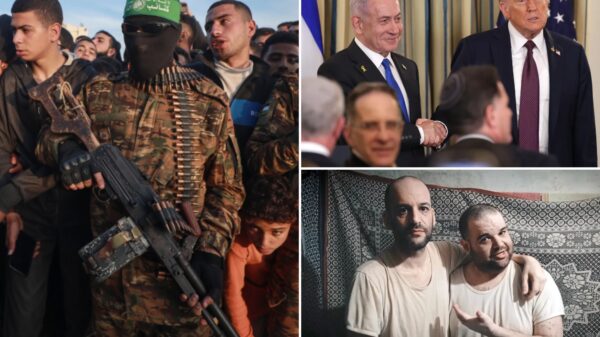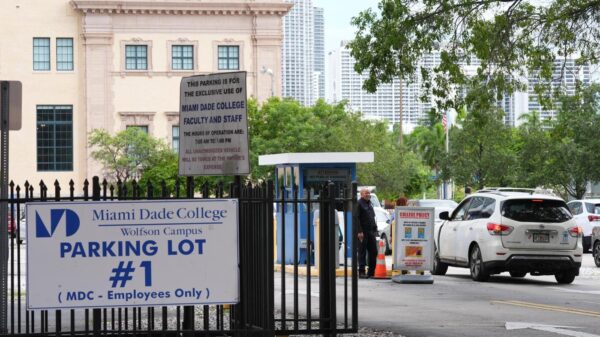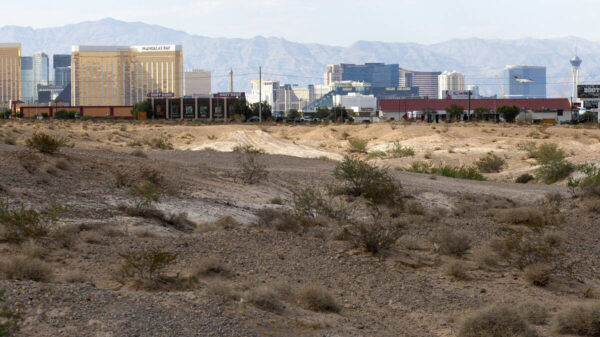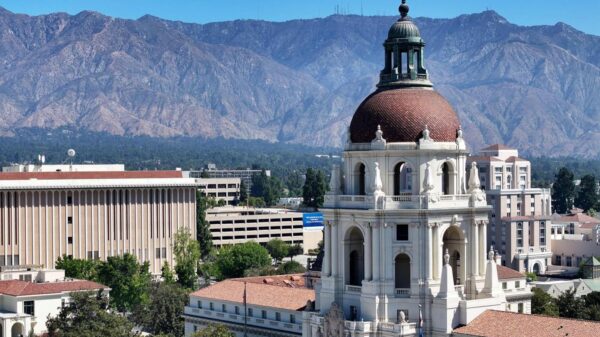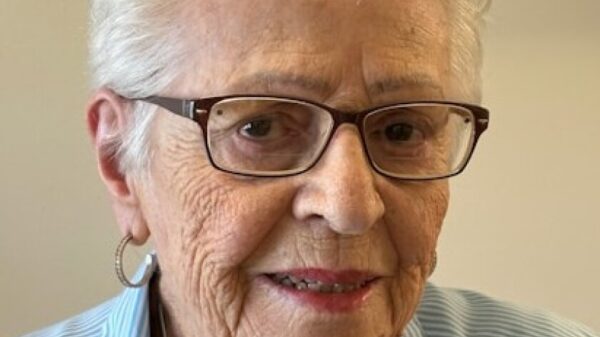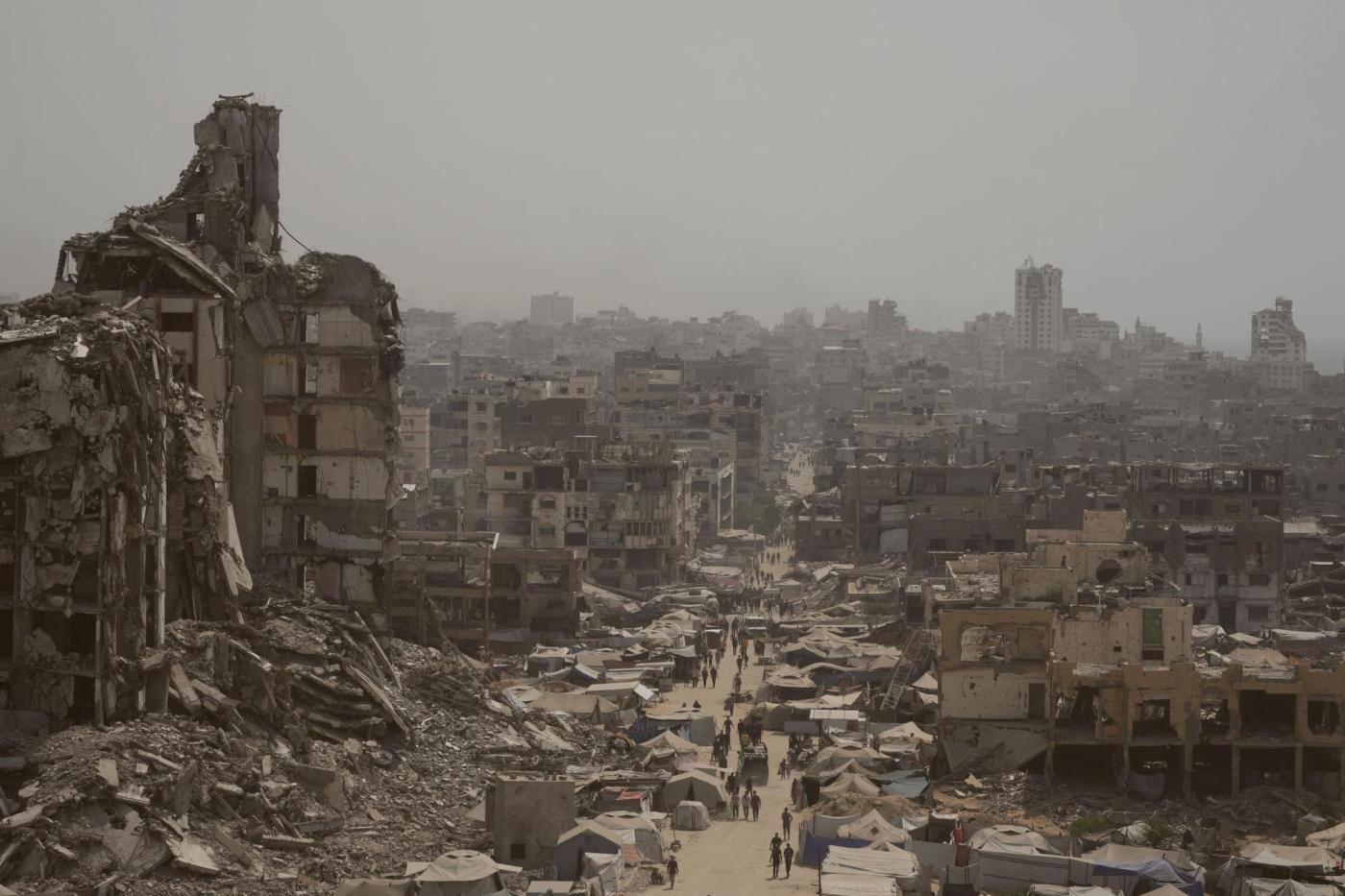The Integrated Food Security Phase Classification has declared that Gaza is currently facing famine. According to the United Nations, as many as 100,000 women and children are suffering from acute malnutrition, leading aid agencies and rights groups to warn of “widespread starvation” in the region. In response, former President Donald Trump remarked on the severity of the situation, stating, “That’s real starvation stuff, I see it, and you can’t fake that,” while pledging increased U.S. support for humanitarian efforts in Gaza. In contrast, Israeli Prime Minister Benjamin Netanyahu asserted, “There is no starvation in Gaza and no policy of starvation in Gaza.”
Questions arise regarding the accountability of Hamas, the governing body in Gaza. Critics argue that Hamas, which initiated the conflict through attacks on Israel, bears significant responsibility for the ongoing suffering in the region. Observers note that the situation in Gaza has become a complex interplay of humanitarian crisis and political maneuvering, where the suffering of civilians could potentially benefit Hamas.
The media has reported various heart-wrenching stories, including that of a child named Mohammed al-Matouq, whose appearance has drawn global attention. While initially cited as evidence of starvation, it was later revealed that al-Matouq suffers from cerebral palsy and other genetic disorders. This critical context, initially omitted, further complicates the narrative surrounding humanitarian claims. Major news outlets, including The New York Times and The Washington Post, have issued corrections regarding misleading information about the conflict, highlighting the challenges of accurate reporting from the region.
The flow of information from Gaza primarily originates from the Gaza Health Ministry, which operates under Hamas, raising concerns about its reliability. Local journalists and aid organizations face intimidation or coercion, complicating their ability to report independently. The ongoing conflict has seen aid become a crucial component of Hamas’s strategy, with the group reportedly prioritizing control over humanitarian assistance to bolster its military efforts.
In ceasefire negotiations, Hamas has indicated a desire to shut down the American- and Israeli-backed Gaza Humanitarian Foundation (GHF), which it views as a threat to its power. The organization has been accused of looting and hoarding aid, using resources intended for civilians to support its operations. When Israel restricted aid in March, Hamas’s financial resources reportedly diminished significantly, emphasizing the stakes involved in aid distribution.
The narrative around mass starvation in Gaza serves as a powerful tool for Hamas. Increased civilian suffering can lead to international outrage and pressure directed towards Israel, despite Hamas’s role in prolonging the conflict. The ongoing war is tied directly to Hamas’s refusal to relinquish arms or release hostages, suggesting that a resolution could be within reach if the group opted for peace.
As international recognition of Palestine grows, with France and Canada moving towards state recognition in September 2023, the implications for Hamas’s position become evident. Western statements that pressure Israel may inadvertently encourage Hamas to maintain its stance, as it recognizes that international sympathy often falls on the side of the Palestinian plight.
The situation in Gaza underscores a complex moral landscape, where the suffering of civilians is intricately linked to the actions of their governing authority. To assign blame solely to Israel without acknowledging Hamas’s role distorts the reality of the conflict. The ongoing humanitarian crisis demands a nuanced understanding that considers all actors involved, particularly as the cycle of violence continues in the region.



